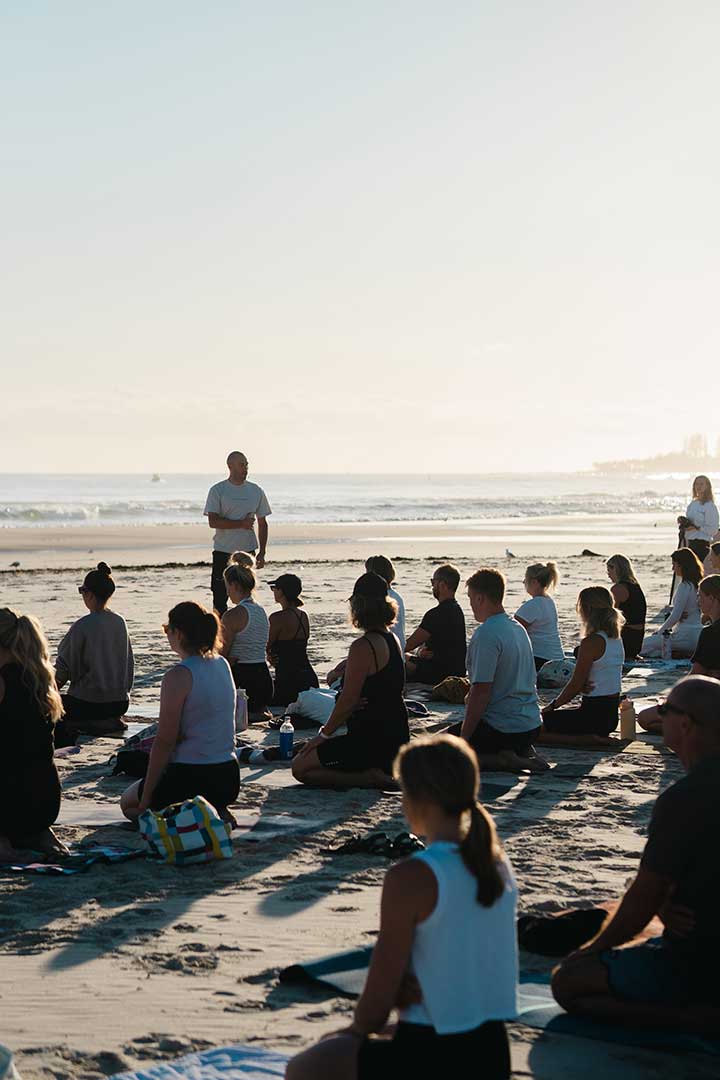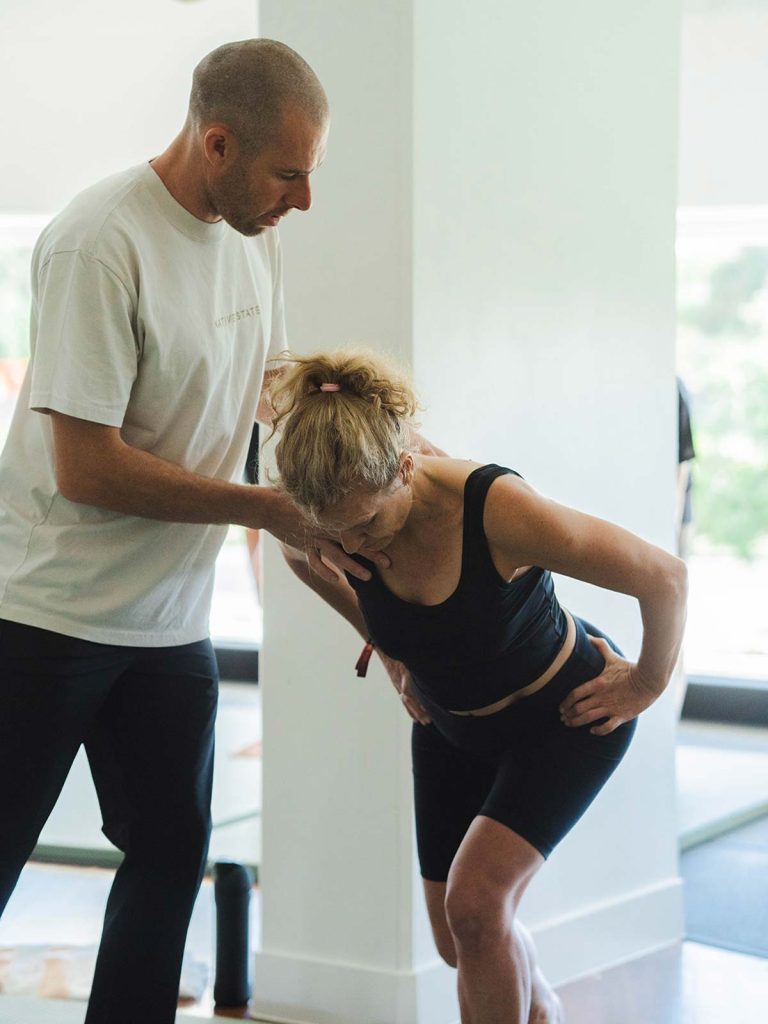Key Takeaways:
- Burnout shows up as fatigue, emotional instability, poor sleep, and difficulty focusing – it’s more than just feeling tired.
- High performers often fear slowing down, but recovery is about recalibrating, not retreating.
- Rest isn’t just sleep – it’s nervous system regulation, slower movement, and mental spaciousness.
- Boundaries and routine are essential tools, not limitations, for sustainable performance.
- Consistency in self-awareness and small resets beats intensity every time.
You’ve always had a strong engine – ideas came easily, your calendar stayed full, and you thrived on momentum. But when you’re running on empty, even the best engines need recalibration. If you’ve been wondering how to recover from burnout at work without stepping away entirely, you’re not alone.
This is the quiet arrival of burnout. It doesn’t make a dramatic entrance. It whispers through forgotten words, skipped meals, and the constant need for a pick-me-up. For business owners, leaders, and professionals, it hides in plain sight under the mask of productivity.
And yet, when you pause – really pause – you feel it: the exhaustion that rest doesn’t fix. The edge that won’t soften. The sense that your spark is flickering instead of roaring.
The Gentle Wake-Up Call: Spotting Burnout Early
Burnout doesn’t just live in your calendar or inbox. It lives in your body.
And it isn’t always loud. It rarely announces itself with a breakdown or a big moment. More often, it’s subtle – a slow leak rather than a burst pipe.
Learning how to recover from burnout at work starts with recognising how it hides in your rhythms, not just your responsibilities.
It begins in the spaces you overlook: the way your mornings feel heavier, how you’re less patient with people you love, the creeping sense that you’re constantly behind even when you’re ticking off tasks.
At Native State, our coaches notice the same patterns again and again in high-performing clients:
- Persistent tiredness – not just sleepiness, but the kind of fatigue that settles in your bones and doesn’t lift, no matter how early you go to bed.
- Emotional instability – snapping at your team, withdrawing from loved ones, or swinging between irritation and numbness.
- Digestive troubles and inflammation – bloating, gut discomfort, or feeling puffy and inflamed without a clear reason.
- Disrupted rhythms – inconsistent sleep, cravings for sugar or caffeine mid-afternoon, bursts of energy followed by deep crashes.
- Dark circles, dull skin, or puffiness – your face telling the story of what your nervous system is holding.
- Difficulty concentrating – starting five things at once and finishing none, or relying on distractions to get through the day.
These aren’t just personal quirks or signs of a “busy season.” They’re signals. Your body is asking for a shift – not in effort, but in approach.
The Fear of Slowing Down (And Why It’s Misleading)
Many high performers carry a core belief: if I stop, I’ll fall behind. But here’s a powerful truth from our coaches:
“The best athletes aren’t the ones who train the hardest. They’re the ones who recover the smartest.”
Recovery isn’t retreat – it’s strategic. Without it, there is no sustainable peak. Think of your energy like a dial. If you can only rest down to 30%, you can only perform up to 70%. Real recovery is about learning to hit zero, so you can access your true one hundred.
And this isn’t just about physical rest. It’s about down-regulating your entire system – your mind, your emotions, your internal pace. Because if your nervous system never gets a chance to fully soften, it stays in a loop of low-level survival.
That might look like overachieving on the surface, but underneath, it’s depletion masked as drive.
This is why so many high performers feel “off” even when life looks successful from the outside. They’re running on output, not capacity.
Many clients come to us having tried everything except nervous system recovery – not realising that how to recover from burnout at work often begins with how you rest, not how you work.
Start Where You Are
Instead of planning a sabbatical or trying to meditate for 60 minutes, begin with micro-resets – small, consistent signals to your body that it’s safe to slow down:
- A few slow breaths between tasks – in through the nose, out longer through the mouth
- A walk between meetings (even 400 metres can shift your state)
- Speaking notes into your phone while walking instead of sitting to type
- Eating slowly, away from screens, ideally outside or near a window
- Looking up from your desk to soften your gaze, even for 60 seconds
These aren’t indulgences. They’re rewiring. Every small reset tells your body: “You don’t have to hold everything all the time.”
Over time, these practices teach your system that rest isn’t the enemy of achievement – it’s what makes it sustainable.
Build a Rhythm That Restores
Once those micro-resets become familiar, the next step is to weave them into something steadier – a daily rhythm that restores rather than drains.
When you’re constantly chasing outcomes, it’s easy to overlook the power of rhythm. Not just in your schedule, but in your body. The nervous system thrives on predictability – consistent sleep, steady nourishment, and daily movement that supports rather than depletes.
This is where recalibration becomes practical – not as a theory, but as something you can actually live.
- Build transitions into your day: Don’t just move from one task to the next – create soft landings and gentle starts. That might mean five quiet minutes before a big call, or a short walk after intense focus. These in-between moments are where your nervous system catches its breath.
- Match movement to your current state: Not all movement is created equal. If you’re feeling overstimulated, your body needs to discharge stress gently – a slow walk, stretching, or breath-led mobility work. If you feel flat or foggy, you might need grounding strength work, done with presence and control, not urgency.
- Create rituals that signal safety: Little cues go a long way. A warm shower that says “the day is done.” Herbal tea that signals the wind-down. Even ten quiet minutes lying with your legs up a wall can reset your system faster than another screen break.
These aren’t about becoming perfect with your routine – they’re about creating enough rhythm for your body to stop bracing. The goal is not to perform your way out of burnout. It’s to offer yourself the kind of structure that supports recovery, without rigidity.
Boundaries Are Not a Weakness
Once you’ve begun to restore rhythm through movement and rest, the next challenge is often harder to spot – holding that rhythm with boundaries that actually stick.
High performers often pride themselves on being available, adaptable, and always on. But here’s what rarely gets said: Boundaries don’t make you less committed. They make you more sustainable.
Think of boundaries as rhythm-makers. They help your nervous system anticipate rest and work, effort and ease. When these rhythms are missing, your body stays in a constant loop of vigilance.
You don’t need to overhaul your entire schedule – you just need to create reliable anchors. Here’s where to start:
- Block buffer time before and after key meetings: Think of it like warming up and cooling down. Five or ten minutes of space lets your nervous system prepare, then reset. Without it, stress compounds and lingers – often without you realising.
- Name a non-negotiable ‘off’ window every day: Even fifteen minutes of true disconnection – no emails, no notifications, no “quick replies” – signals to your system that it’s safe to downshift. It’s not the length that matters, but the consistency.
- Create rituals that end your workday: A closing ritual brings clarity to your boundaries. It could be as simple as stepping outside, making a cup of tea, journaling one line, or shutting your laptop at the same time each evening. These cues tell your body: “We’re done for now.”
These aren’t just productivity hacks. They’re moments of self-respect. Each one builds a pause between the demands of the world and the deeper rhythm within you. And that’s where true recovery begins.
Find an Outlet That’s Just For You
Recovery isn’t only about managing stress – it’s about giving your system somewhere to express and release. High performers often direct all their energy into work or responsibility, but rarely into spaces that restore joy, creativity, or movement without an outcome attached.
This is where a personal outlet makes all the difference. Something that’s just for you – not to optimise, achieve, or improve – but simply to reconnect:
- Join a class that anchors you in breath and movement
- Explore a hobby that brings curiosity instead of pressure
- Reclaim time for activities that feel meaningful or expressive – even if they don’t seem “productive”
Coaches often notice that recovery deepens when people have a space outside the home – somewhere they can breathe, move, be challenged, and reconnect without the demands of work or family. It’s not just about fitness or self-care. It’s about stepping into an environment where your body gets to be the focus – not your inbox, your to-do list, or your role in other people’s lives.
Whether it’s a local studio, a weekly class, or a nature-based ritual, that physical space becomes a container. One that invites presence over productivity. Stillness over scrolling. Curiosity over pressure.
What Starts to Shift When Recovery Takes Root
You don’t need a huge transformation to know it’s working. Often, the first signs of recovery are subtle – but unmistakable.
You might begin to notice:
- Energy that holds steady through the day, not just a brief spike after coffee
- More patience in conversations, less reactivity in stressful moments
- A body that feels less tense, with digestion that doesn’t fight you
- Sleep that feels like it actually did something
- Clearer thinking and a return of creative momentum
These are the signs of a nervous system no longer bracing for impact. You’re not just getting through the day – you’re moving through it with more clarity, capacity, and calm.
Conclusion: Rest Is A Strategy, Not A Surrender
Burnout isn’t a sign that you’re weak. It’s a sign that your current rhythm isn’t sustainable. Rebuilding doesn’t mean slowing down your ambition – it means restoring the foundation it stands on.
Holding that new pace takes care. Some days you’ll feel strong, others more fragile. That’s not failure – it’s feedback. The goal isn’t perfection, it’s permission.
Check in regularly: What’s fuelling you? What’s draining you? Keep your rhythms steady – consistent meals, real rest, daily movement that supports rather than depletes. Let go of the old belief that rest equals laziness. Surround yourself with people, places, and practices that reflect the pace you want to live at.
With the right support, you can feel strong again. Not through pushing, but through recalibration. This is the real high performance: sustainable energy, nervous system trust, and clarity that endures.
Your body is always speaking. Now is the time to listen.
Private Coaching at Native State: For Energy That Doesn’t Burn You Out
If you’re ready to stop running on fumes and start building real, sustainable energy – we’re here to help.
Private Coaching at Native State is tailored for high performers who want more than generic advice. It’s for those ready to restore clarity, capacity, and rhythm with the support of a coach who understands how burnout shows up in both the body and the calendar.



